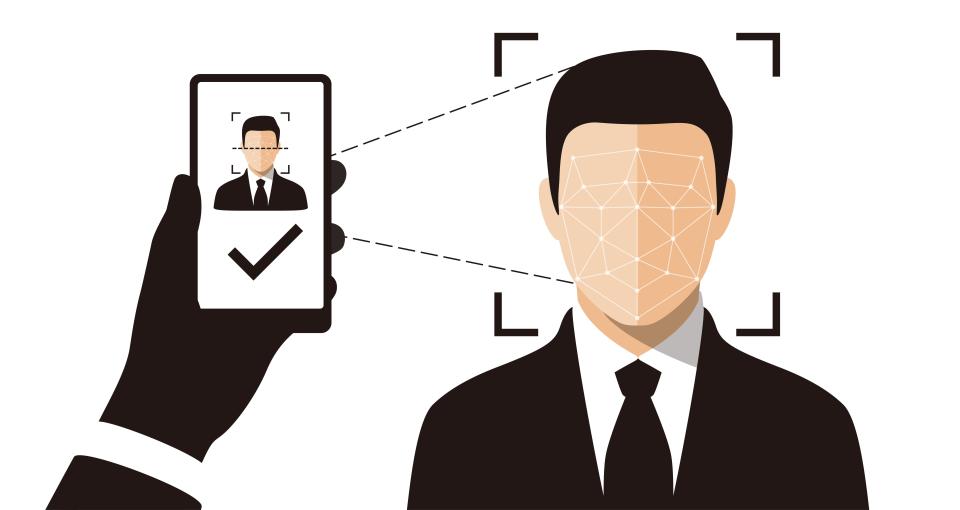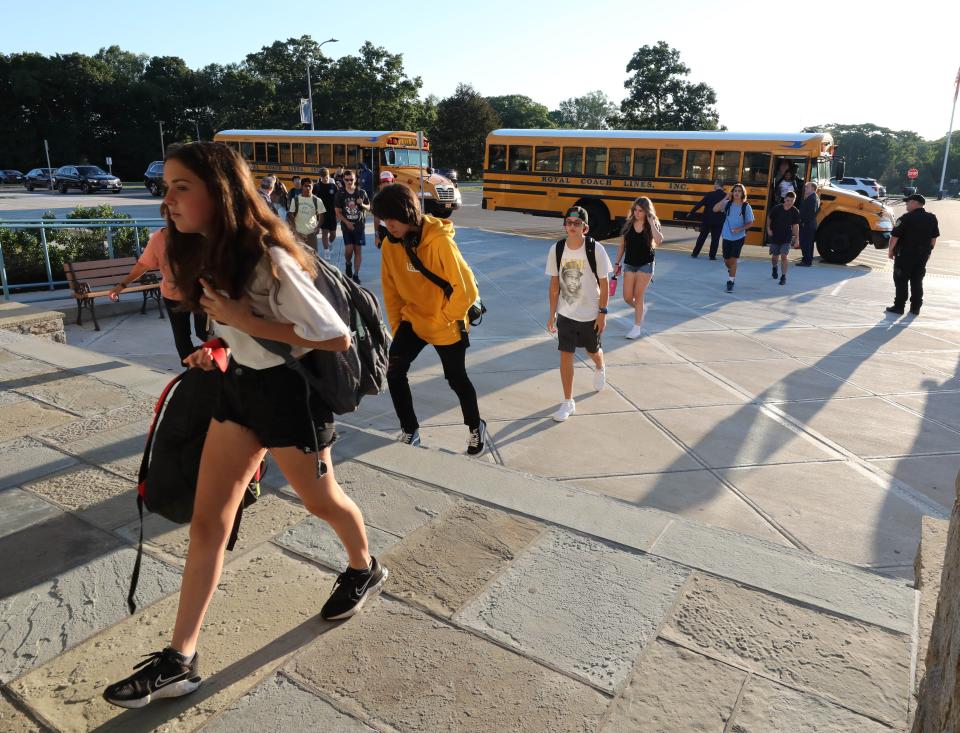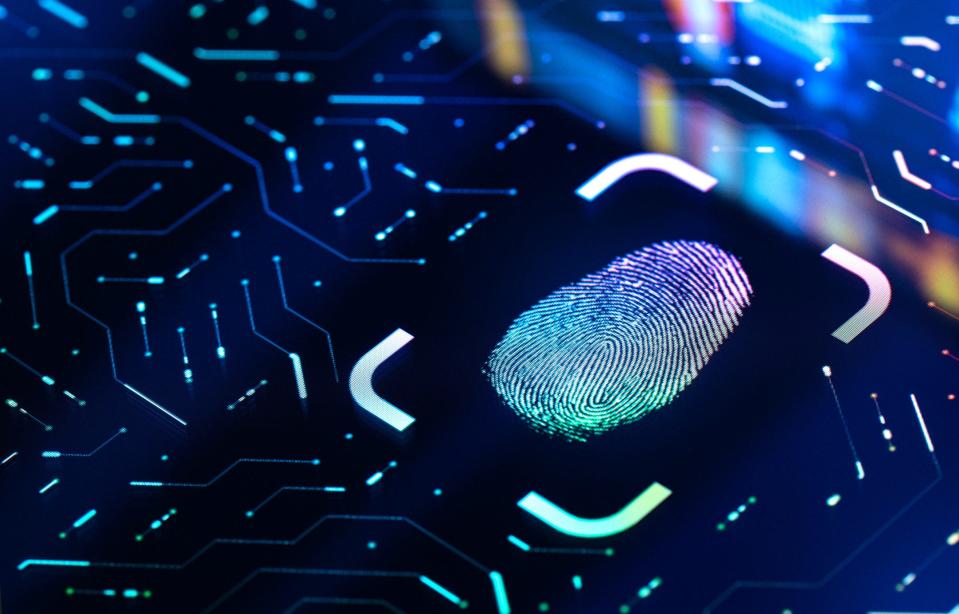Is facial recognition used in NY's schools? State urges caution with biometric technology
A new state report urges New York's schools to exercise caution in their use of constantly evolving biometric identifying technology, such as facial recognition.
"Discernable risks" outlined in the report include biometric data breaches, mistaken identification through facial recognition flaws, and students being turned away from school because of technological errors.
"Compromised biometric facial data could result in the disclosure of physical characteristics that cannot be replaced, as compared to a credit card or social security number, which could be changed if necessary," said the report by the state Office of Information Technology Services and the state Education Department.

The state Legislature required the study of how biometric identifying technology is being used in New York's schools — or could soon be used.
The report was based on a survey sent to every school administrator in the state and other interested parties, such as vendors and civil rights groups. It was also open to the public, so teachers, parents and students could respond. Just under 1,000 respondents completed the survey in its entirety.
In the next few weeks, the State Education Commissioner will make a decision on whether biometric identifying technology can be used in public schools.
Half of respondents: might consider future use
New York schools reported little or no use, so far, of handprint, retina/iris patterns, DNA sequencing, or voice or gait recognition to identify or track students, though "fingerprint scanning has been shown to be effective for making school lunch payments, managing student and staff attendance, and checking out library books," the report said.
"This is not an issue we've heard a lot from districts about," said Robert Lowry, deputy director of the New York State Council of School Superintendents, of biometric technology in schools. "It appears that districts are being cautious."
Time will tell how the technology evolves and what the level of interest in using it in schools is, Lowry said.
Facial recognition technology is already in some schools, the report said, to verify students' identities for online courses and tests, as well as attempts to measure how engaged students are, going as far as scanning for facial expressions that might show when a student is bored or frustrated.

But it's not in many schools. Only seven out of 212 data protection officers for school districts reported they used facial recognition technology. Five of the seven reported they only used it for teacher and staff attendance.
Over half of respondents said their districts might consider future use of facial recognition technology. Forty-two reported they used other biometric identifying information for attendance, lunch payments and access to devices.
There aren't any federal or New York state laws that require standards for the use of biometric technology, the report said, and there isn't any comprehensive legislation in Albany about using biometric technologies on residents. New York education law favors local control and decision-making by school districts.
Schools using biometric identifying technology may need to create policies around such use, the report said.
The report is at the end of this article.
Here are highlights from the report:
Privacy
When it comes to privacy, the report said some technologies are less risky than others and that in certain circumstances, school districts can share personally identifying information with third-party contractors.

Biometric data is considered personally identifying information. State law requires the State Education Department "to promote the least intrusive data collection policies," which would seem to restrict the use of biometric data.
The federal Family Educational Rights and Privacy Act requires schools to get written consent from parents before disclosing personally identifying information, which include biological and behavioral characteristics. But there are exceptions. FERPA allows schools to share personally identifying information with "contractors, consultants, volunteers, or other third parties" who are providing legitimate educational services.
Privacy advocacy groups have expressed concern over "mission creep" — when a technology is intended for one use but is then used for something else. An example is security cameras being used to monitor student behavior.
Facial recognition technology, and voice and gait identifiers, could be used without someone's knowledge. No respondents to the survey reported that their district is using voice or gait identifiers.
The use of fingerprint, handprint, and retina and iris patterns could carry less risk because they are typically collected with someone's consent and have less chance of error.
Civil Rights
The potential for facial recognition technology to have higher rates of false positives for certain populations, such as people of color, non-binary people, children and the elderly, could be problematic under civil rights laws. If the technology was found to disparately impact any protected groups, such as race, national origin or age, schools that receive federal funding could be subject to penalties.
"Students and children especially might be at higher risk of their pictures being utilized in facial recognition databases without their parent’s consent," the report said.
"Additionally, the use of FRT could have a negative effect on student intellectual development and behavior, as this type of surveillance has been shown to erode student anonymity and impact how students behave and think of themselves, potentially becoming detrimental to the social and emotional well being of students in educational settings," the report said.
Citing Lindsey Barrett, staff attorney at Georgetown University Law Center, the report noted that if shared with law enforcement, facial recognition technology could mean earlier exposure to the criminal justice system for students.
Safety
Facial recognition technology can be used for everyday tasks like paying for school lunch or checking out a library book. But it can also be used in the name of safety: screening visitors, managing access to school buildings and certain rooms, tracking someone in a building and disciplining students.
"Many claims have been made about the potential of FRT security systems to make schools safer, but little information is available about real-life situations where technology detected and helped prevent violent incidents," the report said.
The survey asked school administrators whether facial recognition technology was connected to law enforcement in any way. No respondents reported that their systems were providing information to law enforcement.
Contact Diana Dombrowski at ddombrowski@gannett.com. Follow her on Twitter at @domdomdiana.
Read the report here:
This article originally appeared on Rockland/Westchester Journal News: NYS report urges schools to be cautious with facial recognition tech

